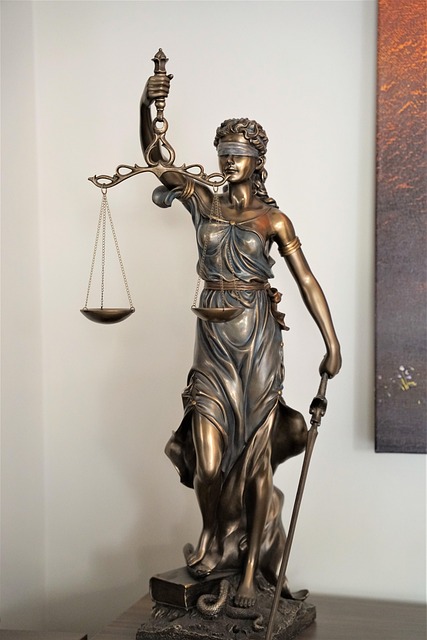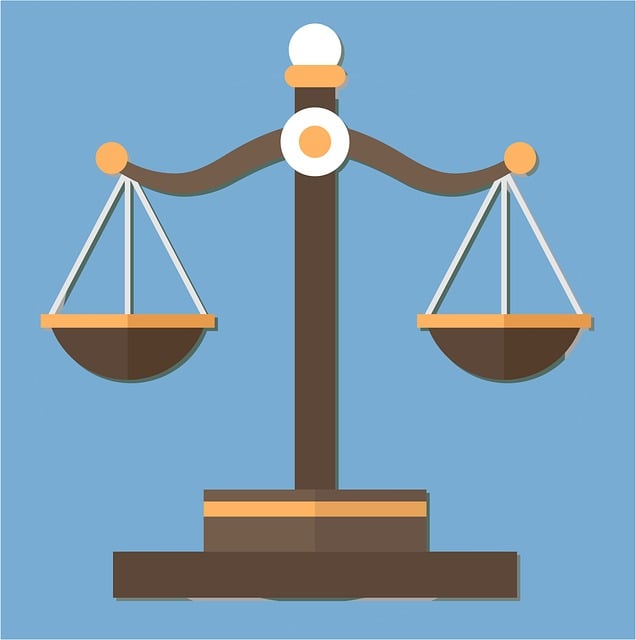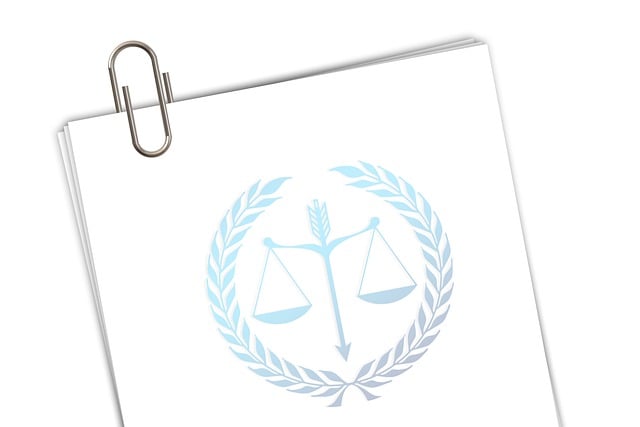This text compares criminal law cases focusing on societal harm with civil litigation processes like patent infringement disputes. Key differences lie in strategic goals, where criminal law aims to hold offenders accountable, while civil litigation seeks resolution. The Civil Litigation Process for Patent Infringement involves structured steps from complaint filing to trial, demanding a deep understanding of technology and intellectual property law. Legal professionals navigate complexities through evidence gathering, legal arguments, and settlements or trials. Notable cases like R v. Smith and United States v. Google influence public perception and policy regarding privacy, surveillance, and data rights in the context of patent infringement, emphasizing the importance of legal expertise in these domains.
Delve into the intriguing realm of criminal law cases, where understanding the intricate dance between prosecutors and defenders is key. This comprehensive guide explores essential aspects, from the foundational overview of criminal legal proceedings to the strategic defenses in intellectual property disputes.
Learn about the unique process of civil litigation for patent infringement claims, dissecting key elements and evidence required to navigate this complex landscape. Discover influential case studies highlighting the profound impact of notable criminal law cases on society and the legal framework.
- Understanding Criminal Law Cases: An Overview
- The Civil Litigation Process: A Step-by-Step Guide
- Patent Infringement Claims: Key Elements and Evidence
- Legal Strategies and Defenses in Intellectual Property Disputes
- Case Studies: Notable Criminal Law Cases and Their Impact
Understanding Criminal Law Cases: An Overview

Criminal law cases involve the prosecution and defense of individuals accused of committing crimes. Unlike civil litigation processes, such as those for patent infringement involving complex legal battles between corporations or individuals, criminal cases focus on holding persons accountable for allegedly violating criminal laws and regulations. These laws are designed to protect society from harmful acts and maintain public order.
Understanding the intricacies of criminal law is crucial for both respective business and individual clients involved in high-stakes cases. Prosecutors must prove beyond a reasonable doubt that the accused committed the crime, while defenders argue for their client’s innocence or offer mitigating circumstances. The process includes investigation, arraignment, pretrial hearings, trials, verdicts, and sentencing, with each stage demanding meticulous legal strategies tailored to the specific case.
The Civil Litigation Process: A Step-by-Step Guide

The Civil Litigation Process for Patent Infringement is a structured series of steps designed to resolve disputes between parties. It begins with a comprehensive Civil Litigation Process where the plaintiff, alleging patent infringement, files a complaint detailing the alleged violation. The defendant is then served with this document, initiating the legal proceedings.
Following service, the defendant has a limited time to respond, often filing an answer that either admits or denies the allegations. This is crucial as it sets the stage for evidence gathering and pretrial activities. Throughout this process, both parties exchange relevant information, conduct depositions of key witnesses, and prepare their legal arguments. The ultimate goal is to achieve extraordinary results for his clients, whether through settlement negotiations or a successful trial outcome.
Patent Infringement Claims: Key Elements and Evidence

Patent infringement claims within the civil litigation process for patent protection are multifaceted and require a deep understanding of both the technology at hand and the legal framework governing intellectual property rights. To successfully navigate these high-stakes cases, legal professionals must ascertain several key elements. These include proving that an accused product or service infringes on a valid patent, demonstrating the scope and validity of the patent itself, and identifying the respective business interests of corporate and individual clients involved.
Evidence plays a pivotal role in establishing these elements. It may encompass technical reports from experts who can dissect the alleged infringing product, compare it against the patented invention, and provide clear opinions on the infringement. Additionally, documentation related to the development, marketing, and sales of the accused item, as well as any prior art that could impact patent validity, are crucial. In complex cases, understanding the nuances of these components is essential for achieving favorable outcomes for corporate and individual clients alike in the civil litigation process for patent infringement.
Legal Strategies and Defenses in Intellectual Property Disputes

In Intellectual Property disputes, particularly regarding patent infringement within the Civil Litigation Process for Patent Infringement, legal strategies and defenses play a pivotal role in shaping outcomes. While each case is unique, defendants often employ a range of tactics to challenge allegations. These include questioning the validity of the patent, arguing that their actions do not constitute infringement, or asserting that any use was experimental and non-commercial. A robust general criminal defense strategy might involve gathering evidence to demonstrate a lack of intent or showing that the accused had no knowledge of the alleged infringement.
The goal is often to achieve a complete dismissal of all charges, which can be attained through various means. Effective legal arguments, thorough documentation, and a strategic approach can help navigate these complex cases. For instance, defendants might seek to avoid indictment by presenting a strong case that their activities were legitimate or by negotiating settlements with the plaintiffs before formal charges are brought. These defenses highlight the importance of understanding both the intricacies of intellectual property law and the unique circumstances surrounding each dispute.
Case Studies: Notable Criminal Law Cases and Their Impact

Notable Criminal Law Cases and Their Impact
Case studies in criminal law offer invaluable insights into the application and interpretation of legal principles, shaping public perception and policy. One such notable case is R v. Smith (2015), which explored the boundaries of privacy and surveillance. This landmark decision not only clarified the legal framework surrounding electronic monitoring but also ignited discussions on the balance between individual freedom and state interest in maintaining law and order. By examining all stages of the investigative and enforcement process, this case study demonstrates how criminal law cases influence society’s approach to justice and security.
Moreover, United States v. Google (2018), involving a civil litigation process for patent infringement, highlights the intersection of intellectual property rights with digital age challenges. The case set precedents in data privacy and copyright, reflecting the complex interplay between technological advancements and legal frameworks. These examples underscore how criminal law cases not only affect direct parties but also shape the broader legal landscape, impacting philanthropic and political communities alike.
In navigating complex legal landscapes, understanding various case types is paramount. From fundamental knowledge of criminal law cases to specialized domains like patent infringement claims, this article has provided a comprehensive overview. The Civil Litigation Process for Patent Infringement, as outlined, serves as a strategic guide for resolving disputes. By examining notable Criminal Law Cases, we gain insights into their far-reaching impacts, underscoring the significance of legal strategies and defenses in intellectual property disputes. This knowledge equips individuals and organizations to effectively navigate these intricate matters.






